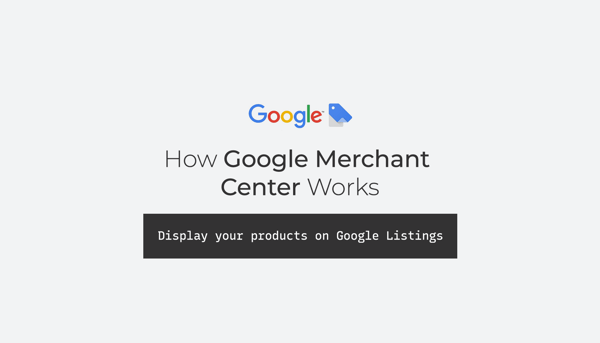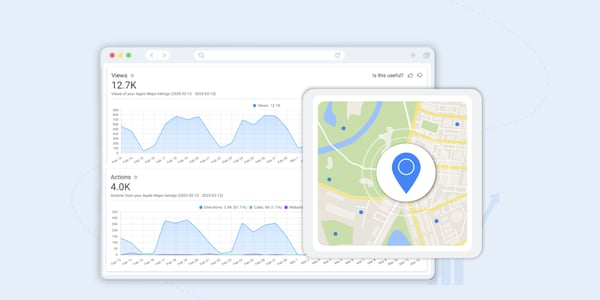Black Friday is coming up, and many stores are offering deals before and after the day itself. Companies do everything they can to stand out and get the attention of customers. One of these ways is to send out custom flyers or weekly deals. PinMeTo sees this as a chance to save money, help the environment, and contact more potential customers all at once. Here are five reasons why we think every chain should make digital flyers and post them on the Facebook pages of their local stores, either to replace paper flyers or to add to them.
Quick Summary:
-
Reach more people - 1 in 4 Swedish households have opted out of paper advertisements,
-
Let your content go viral - Facebook posts to locations have 75% better engagement than brand page posts,
-
Be Green - 33% of consumers prefer eco-friendly brands. Also, paper produces 3 times its weight in greenhouse gas,
-
Be available - Digital flyers posted on Facebook will be carried around in your consumer's pockets,
-
Save money - Posting on Facebook location pages costs nothing but time.
Consumers want offers in their Facebook feeds, not in their mailboxes
Today, more and more people are deciding not to open mail from companies that want to sell them something. A SvD story says that at least one out of every four Swedish homes has a sticker that says "ingen reklam tack" (no ads, please). That means that not just 1 in 4 Swedes, but 1 in 4 people with the power to buy will be missed.
At the same time, more and more people are using the internet and, especially, mobile data (see figure 1 below for more on mobile data use). By digitising weekly flyers and posting them on local Facebook pages, your business can take advantage of this trend and people's natural tendency to access content on the go instead of fighting a losing battle for room in their mailbox.
Enable customers to be your salespeople
Word of mouth is one of the best ways for a business to advertise and one of the most strong ways to get people to want to buy something. The ability to tag a friend is one of the biggest differences between a paper flyer and a digital flyer shared on a Facebook page. If someone knows a friend is interested in something, they are much more likely to tag them in a Facebook post than to call them and tell them what they saw on a flyer.
Eco-friendly is a big selling point!
While Sweden is a world leader in recycling, the process still costs time, money, and resources. According to this article by SightLine, paper generates three times its weight in carbon dioxide and other greenhouse gas emissions. Why bother adding to the problem when your business can get the double positive effect of posting digitally?
As more and more consumers prefer eco-friendly purchase options you have the ability to position your company as a one that is conscience of its environmental actions. A recent study published by Unilver showed that a full 33% of consumers are now choosing to buy from brands they believe are doing social or environmental good. This means that you can potentially boost sales while simultaneously reducing cost and waste!
Offers on Facebook are available around the clock for smartphone users
Global smartphone ownership is expected to reach 2.32 billion units in 2017 and in Sweden, Statista reported that 92% of all people have access to a smartphone at home. That trend is expected to continue to increase as smartphones approach 1 to 1 parity with the Swedish population as a whole (see figure 3 - Swedish smartphone users, below).
Combining this information with mobile data usage suggests that not only is smartphone ownership on the rise, but people are using their phones more and more as well. How this impacts the paper flyer versus digital flyer conversation is this: A paper flyer will end up in the trash or at best, on a countertop somewhere.
A digital flyer posted to Facebook will be carried around constantly, always ready to be reviewed. Instead of having to print two sets of weekly flyers, one for home distribution and the other for in store display, you could post to Facebook and ensure that your flyer was carried around by your consumers all day long.
No printing, shipping, and recycling costs
Whatever your current costs are for printing and shipping paper flyers the cost of Facebook posts is zero. Creating and publishing a Facebook post costs nothing but time and more than likely, you already have a team creating digital content that can be used directly instead of being transferred to paper.
To Sum Up
Digital flyers on local Facebook pages are cheaper to make and distribute, reach a high-quality audience, reduce your company's environmental impact, make your content more interesting, and take advantage of your customers' smartphone habits to make sure your content is with them all day.


